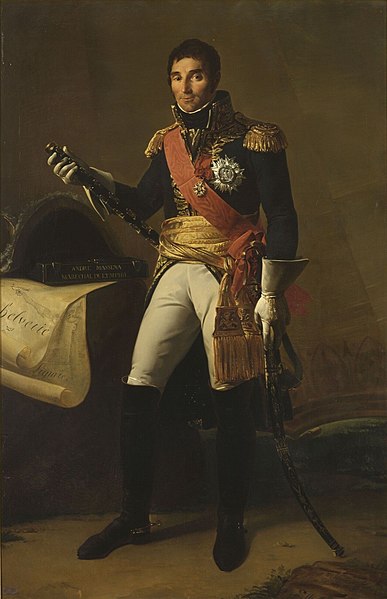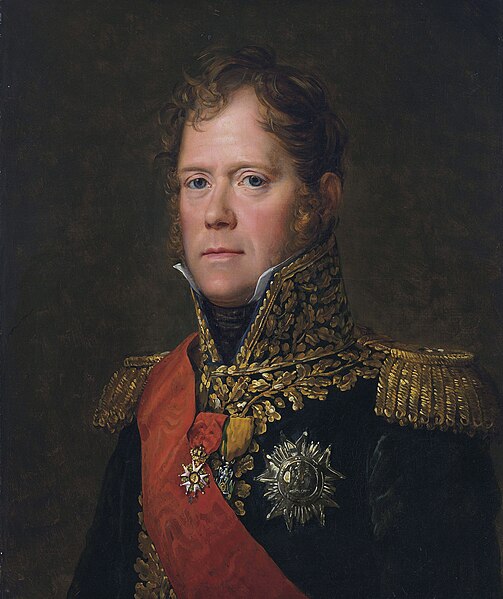The Battle of Winterthur was an important action between elements of the Army of the Danube and elements of the Habsburg army, commanded by Friedrich Freiherr von Hotze, during the War of the Second Coalition, part of the French Revolutionary Wars. The small town of Winterthur lies 18 kilometers (11 mi) northeast of Zürich, in Switzerland. Because of its position at the junction of seven roads, the army that held the town controlled access to most of Switzerland and points crossing the Rhine into southern Germany. Although the forces involved were small, the ability of the Austrians to sustain their 11-hour assault on the French line resulted in the consolidation of three Austrian forces on the plateau north of Zürich, leading to the French defeat a few days later.
At Elgg, Hotze established his forward posts; although the winter snows had melted, the ground was still soggy and the streams were still in full spring flow.
André Masséna commanded French forces in northern Switzerland.
The rivalry between Michel Ney (pictured) and Jean-de-Dieu Soult that was born at Winterthur endured throughout the Napoleonic Wars
Jean Victor Tharreau commanded the French forward line near Winterthur and ordered Soult to support Ney's defence of the city.
The Army of the Danube was a field army of the French Directory in the 1799 southwestern campaign in the Upper Danube valley. It was formed on 2 March 1799 by the simple expedient of renaming the Army of Observation, which had been observing Austrian movements on the border between French First Republic and the Holy Roman Empire. It was commanded by General Jean-Baptiste Jourdan, 1st Comte Jourdan (1762–1833).
Fusilier of a French Revolutionary Army
Image: JEAN BAPTISTE JOURDAN (1762 1833)
Image: Andremassena 1
Image: Louis Hersent Le général Louise Marie Turreau (1756 1816), lors de l'affaire de Gravière (8 prairial, an VIII 21 mai 1800) (P747) P747 Musée Carnavalet








